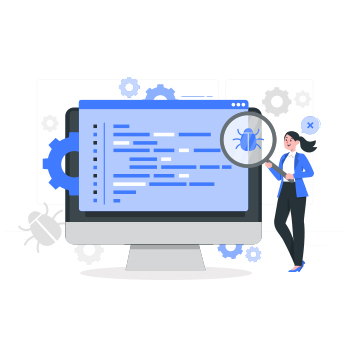Automation testing is an integral part of modern software development, enabling faster releases and more reliable applications. As web applications continue to evolve, the demand for robust testing solutions has increased significantly. Selenium, a powerful and widely used open-source testing framework, plays a crucial role in automating web browser interactions, allowing testing teams to validate
The post Challenges in Selenium Automation Testing appeared first on Codoid.
Software Engineering
The blog discusses why integrating shift-left automation early in the development lifecycle reduces defects and improves software quality. With AI-driven testing and CI/CD integration, businesses can ensure faster, more efficient releases.
The post Shift-Left Automation: Enhancing Software Quality with Smart Testing first appeared on TestingXperts.
